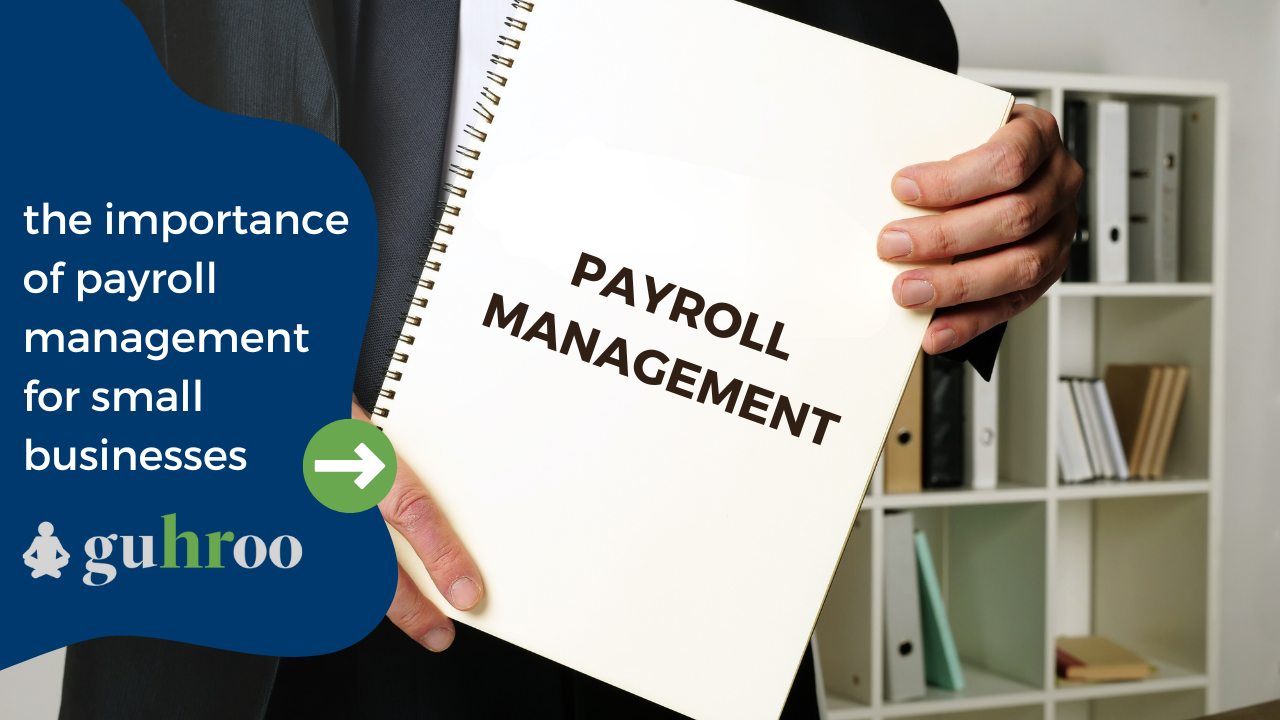On a surface level, employer branding is simply the process of promoting your organization as an attractive place to work. This includes creating a positive image of your company as an employer and highlighting the benefits of working for you through strategies such as advertising or in-person events. But, looking a little deeper, employer branding is so much more than that—it’s how you represent your company to attract top talent, improve employee retention rates, and ensure the wellness and satisfaction of the people who keep your business humming along smoothly.
No matter the size of your company or the industry you’re in, employer branding should be a priority. In today’s competitive job market, it’s more important than ever to have a strong employer brand that sets you apart from competitors.
Further, employer branding can have a significant impact on company branding. If a company has a bad employer brand, this can damage its reputation and dissuade people from using its products or services. On the other hand, a strong employer brand can build loyalty in customers who want to support a business that takes care of its employees.
Identifying Your Current Employer Brand
The first strategy is also the most straightforward — ask your employees what they think of your company as an employer. This can be in the form of a survey, one-on-one interviews, or focus groups. If applicable, you can also ask employees to submit their feedback anonymously via an employee engagement platform.
Beyond feedback from your current employees, you can look at online reviews and ratings from sites like Glassdoor and Indeed. Additionally, you can look through your own records for recruitment and retention rates as well as potential insight from exit interviews.
The Impact of Having a Great Employer Brand
Overhauling your employer brand might seem daunting at first, but if you take it step-by-step, it can be a manageable process. Here are some simple steps to get you started:
1. Assess your current employer brand and where you want it to be.
You can’t know where you want to be unless you know where you are. Talk to employees, collect data, revisit exit interviews, and look at online reviews to get an understanding of your current employer brand. Once you have a good grasp on that, you can start identifying any areas in which you excel as well as those that need improvement.
2. Develop employer branding strategies and tactics to help you reach your goals.
Once you’ve identified your goals, you can start developing the strategies and tactics you’ll need to reach them. Outwardly, this might involve developing a new employer value proposition or creating employer branding content. Internally, you might focus on defining and amplifying company culture or improving your onboarding process.
Your employer brand should be an ever-evolving part of your business. By continuously collecting feedback and making improvements, you can ensure your company is an employer of choice, now and in the future.
3. Finally, make sure to measure your progress along the way and make adjustments as needed.
A great employer brand is the result of continuous effort and refinement. Culture, values, and our general understanding all change over time, so it’s important to stay on top of things and make sure your employer brand is still in line with your company goals.
The job market is competitive, not just for employees, but also for employers. Job seekers today are increasingly looking for more than a paycheck – they want to work for a company that shares their values and offers a great employee experience. By developing a strong employer brand, you can set your company apart from the competition and attract the best talent. Not to mention, happy employees create satisfied customers, which bolsters your bottom line. Investing in your employer brand is one business move that will pay off in dividends!




